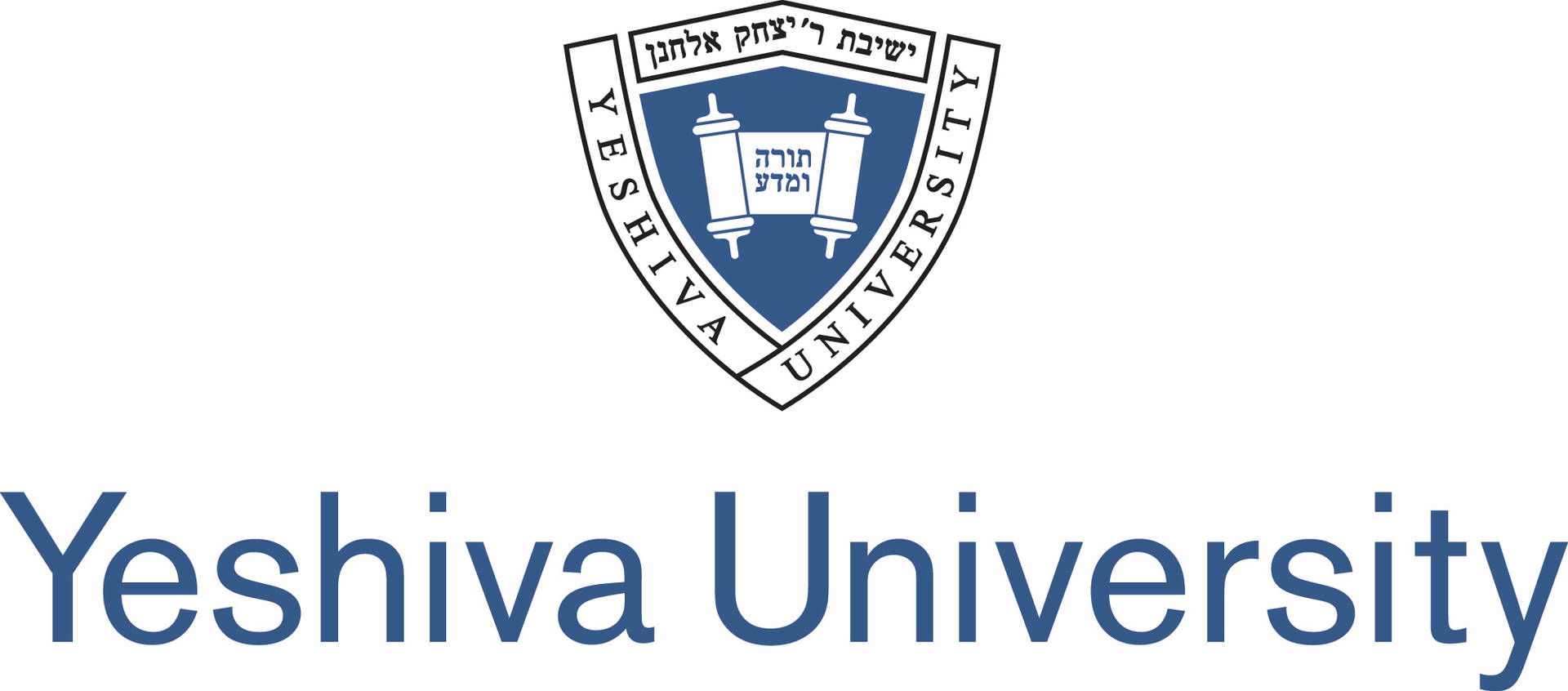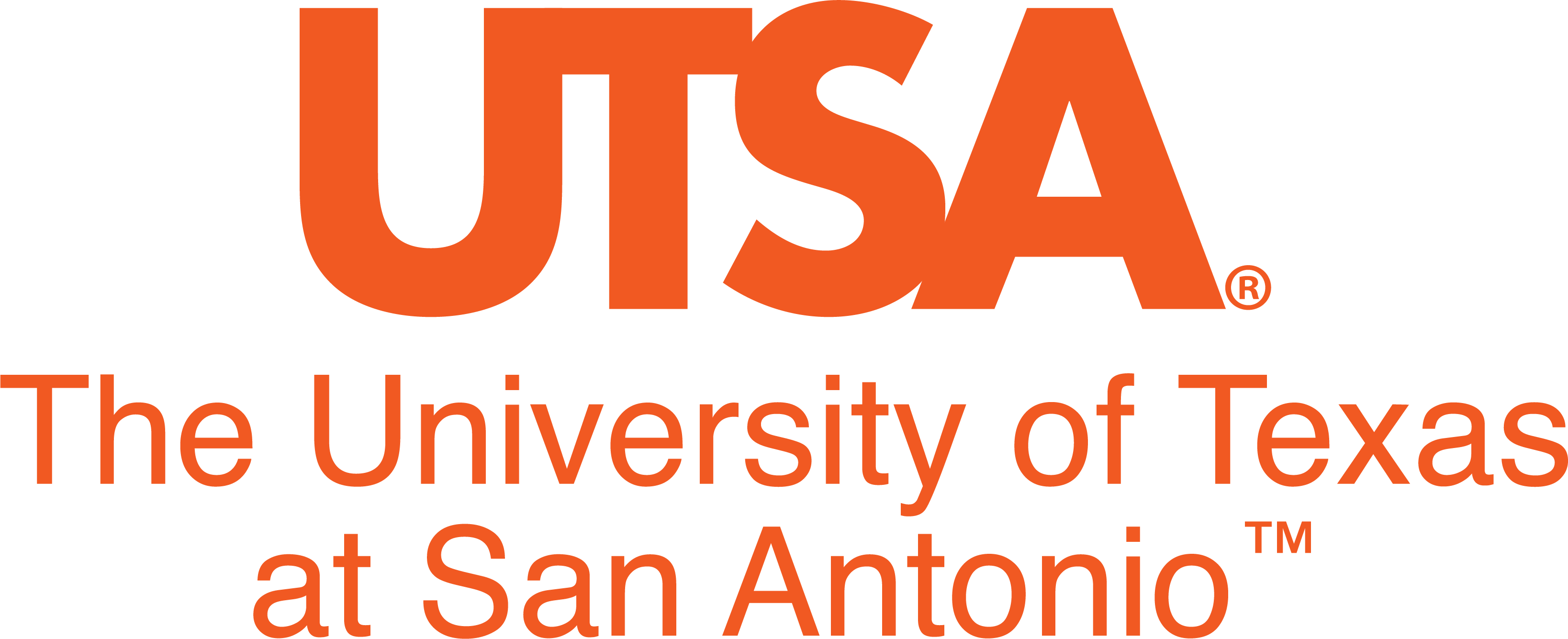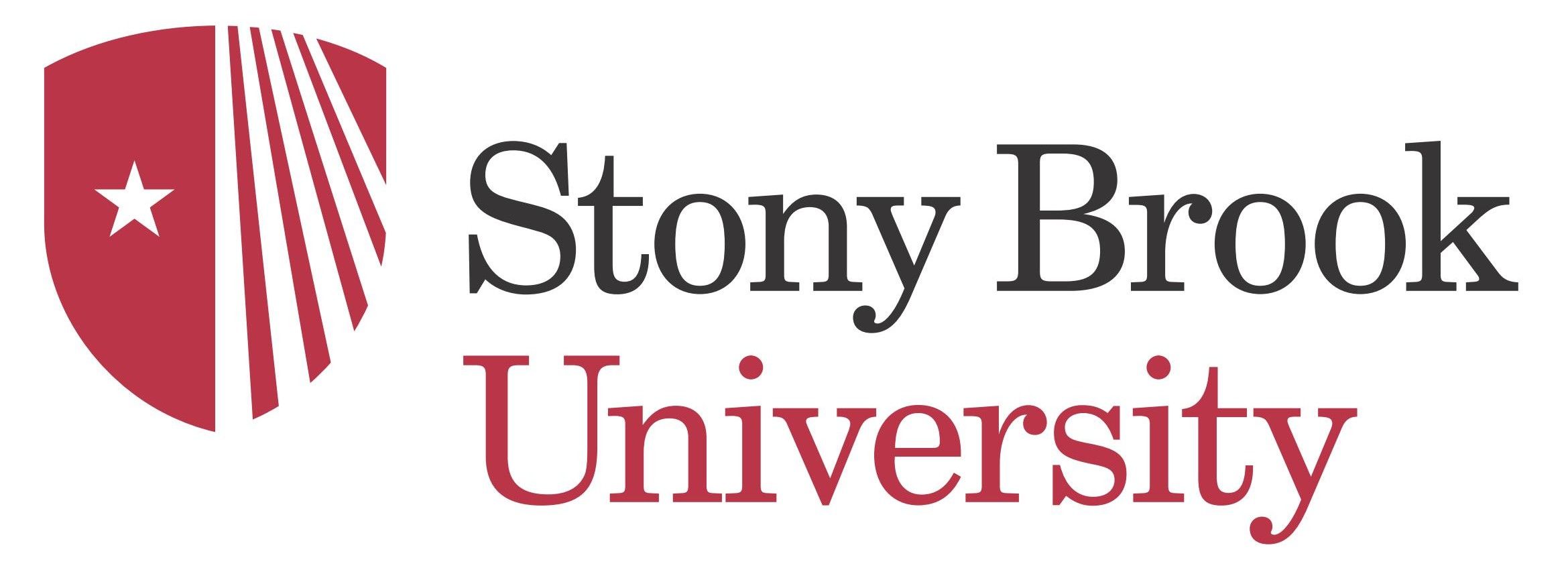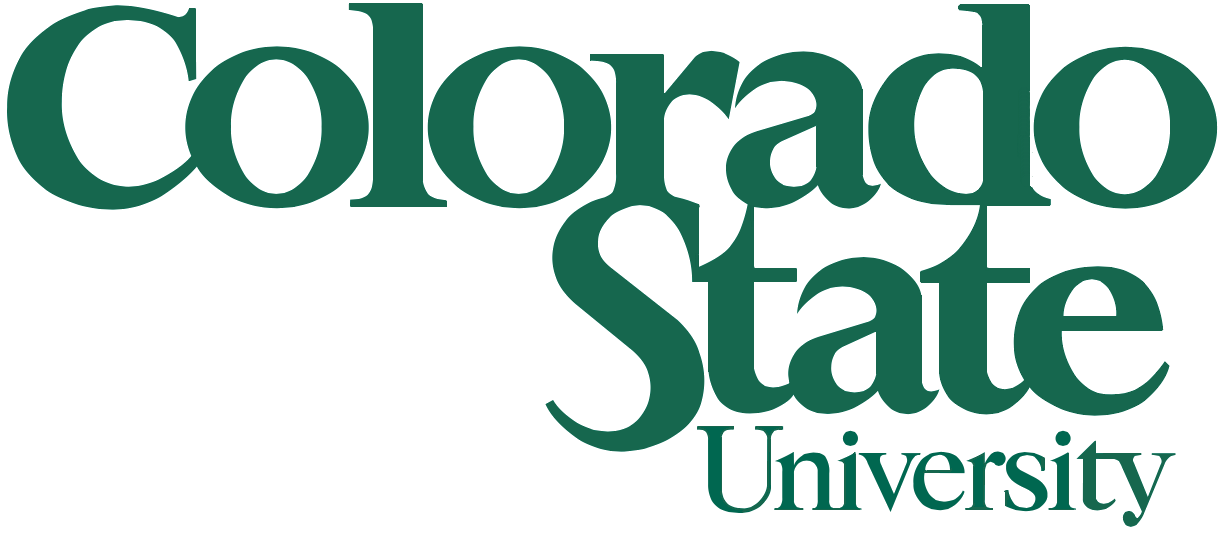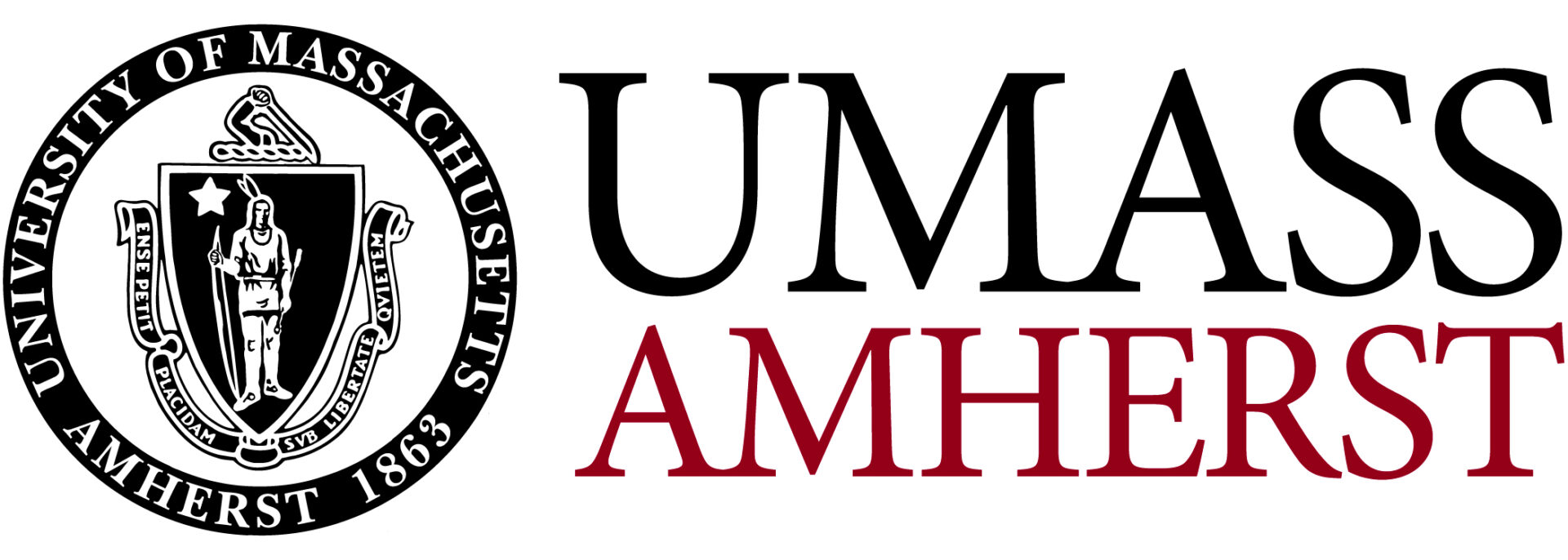About USA
The United States has a rich educational history that dates back to the founding of its first universities, like Harvard in 1636 and the College of William and Mary in 1693, originally created to train future leaders. Today, the U.S. stands as a global hub for education, offering world-class institutions and a vast array of flexible programs across all fields of study. U.S. universities provide two main semester intakes: the Fall Semester (August/September), which is the primary intake with the most program options and the greatest financial aid availability, as funds are allocated for the entire academic year during this period; and the Spring Semester (January/February), a mid-year intake with fewer programs and more limited financial aid. Some universities also offer a Summer Intake (MAY) for specific courses or shorter programs. The U.S. is particularly renowned for its leadership in STEM (Science, Technology, Engineering, and Mathematics), with programs offering extended Optional Practical Training (OPT), allowing international students to gain up to three years of work experience post-graduation, especially in STEM fields. Along with top-tier academic opportunities, U.S. campuses are home to diverse, multicultural environments that foster personal growth and offer plenty of career-enhancing opportunities. Whether you're seeking cutting-edge education, a vibrant campus life, or exciting career prospects, the U.S. remains the ultimate destination for students around the world.
Why Study in the USA?
The USA stands as a global hub of opportunity, known for its top-tier education and limitless possibilities. Here’s why it should be your destination for higher education:
- World-Class Education: The U.S. leads globally in providing exceptional education, with over a quarter of the world’s top-ranked institutions. Study here and immerse yourself in cutting-edge advancements across all fields
- Endless Study Options:With over 800 fields of study and more than 3,300 accredited institutions, students have the freedom to explore countless academic programs tailored to their passions.
- Financial Support:Education in the U.S. is made more accessible through various scholarships, fellowships, and financial aid options, including on-campus jobs, tuition fee waivers, and loans to help you fund your studies.
- Innovation at the Forefront:The U.S. is a powerhouse for technological and research advancements, particularly in fields like AI, robotics, and quantum computing. Students can dive into hands-on projects alongside industry leaders, shaping the future of technology.
- Future-Ready Growth:With a focus on the next generation of technologies—such as artificial intelligence, data science, and sustainability—studying in the U.S. gives you direct access to top-notch labs, tech startups, and industry leaders, offering a significant career edge.
- Flexible Learning Paths:The U.S. education system allows students to design their academic journey, providing the flexibility to explore a broad spectrum of disciplines and pursue interdisciplinary studies that match their interests.
- Exciting Career Opportunities:The U.S. offers excellent career prospects, including post-graduation work permits (OPT), internships, and teaching/research assistantships. For STEM graduates, OPT can be extended for up to 3 years, boosting career possibilities.
- Cultural Exposure:With a rich diversity of over a million international students, the U.S. provides a multicultural environment, allowing you to experience and grow from different cultures and perspectives.
- Dynamic Campus Life:Beyond academics, U.S. universities offer a lively campus experience, packed with extracurricular activities, student clubs, and a strong sense of community to support your personal growth.
- Global Recognition: A degree from the U.S. holds international prestige, opening doors to career advancement and global opportunities wherever you go.
Popular Courses in the USA

Computer Science & IT

Engineering
Electronics, Electrical, Mechanical, Industrial, Civil, Biomedical

Business Analytics

Health Informatics

Management Information Systems

Pharmaceutics
.png)
Engineering Management
.png)
Business Management

Construction Management
USA ADMISSION REQUIREMENTS
- 1. High School Graduation: Completed high school or equivalent for undergraduate programs; bachelor’s degree for graduate programs.
- 2.Standardized Tests:
- SAT/ACT for undergraduate programs
- GREfor graduate programs (GMAT for MBA and other management programs)
- LSAT/MCAT for law and medical schools
- 3.English Proficiency:
- TOEFL iBT: 61-80 (varies by institution).
- IELTS: 6-6.5 (varies by institution).
- DET: 90-120 (varies by institution).
- 4.Recommendation Letters: 3 sealed letters from professors or employers.
- 5. Personal Statement:A statement explaining your motivation for choosing the program.
- 6. Resume/CV: Detailing your academic, professional, and extracurricular experiences.
- 7. Financial Proof: Bank statements, affidavit of support from sponsor to show financial capability.
- 8. Educational Documents: Transcripts, degree certificates, and mark sheets from previous institutions.
- 9. Passport Copy: A photocopy of your passport.
- 10. Student Photo: Recent passport-sized photo.
- 11. Experience Letter: If applicable, for work-experience-based programs.
Education Costs for Studying in the USA
| Tuition Fees | |
|---|---|
| Private Universities: | On average, tuition fees range from $15,000 to $25,000 per year. |
| Public Universitiese: | Tuition fees typically range from $10,000 to $20,000 per year. |
| Living Expenses | |
|---|---|
| Accommodation: | Roughly $250 - $300 per month (Sharing)* |
| Groceries: | Around $150 per month (sharing)* |
| Transportation: | Estimated $100 per month (Public Transport)* |
| Miscellaneous Expenses | Typically around $150 per month* |
*Fees are for informational purposes and may vary by university. Accommodation and miscellaneous costs differ based on student preferences and cities of residence*
Assistantships in the USA
| Assistantships in the USA | |
|---|---|
| Teaching Assistantships (TA): | Assist professors with classes and grading. Payment: $1,100 - $1,700/month. |
| Research Assistantships (RA): | Help professors with research. Payment: $1,300 - $2,000/month. |
| Graduate Assistantships (GA): | Similar to RA but with higher pay due to advanced knowledge. |
Top universities
Have a question? Check out the FAQ
Choosing Between Public and Private Universities
Public universities are state-funded and offer lower tuition for in-state students, while private universities are smaller with more resources. Choose based on program reputation, scholarships, campus size, and personal preferences.
what are the differences Undergraduate vs. Graduate Programs?
Undergraduate programs lead to a bachelor’s degree (typically 4 years), while graduate programs (master’s/PhD) are more specialized and require prior experience.
When to Start the Application Process
Start 5 to 8 months before your intended start date to prepare for tests, gather documents, and meet deadlines.
Can I Work Part-Time While Studying?
Yes, F1 visa holders can work up to 20 hours per week on-campus during the semester and full-time during breaks. Off-campus jobs are illegal.
Scholarships & Financial Aid for International Students
Scholarships and financial aid vary by university. Look for merit-based or need-based options depending on your eligibility.
Visa Interview Expectations
Be ready to answer questions about your study plans, finances, and intent to return home after your studies. Bring documents like your I-20, financial proof, and evidence of ties to your home country.


